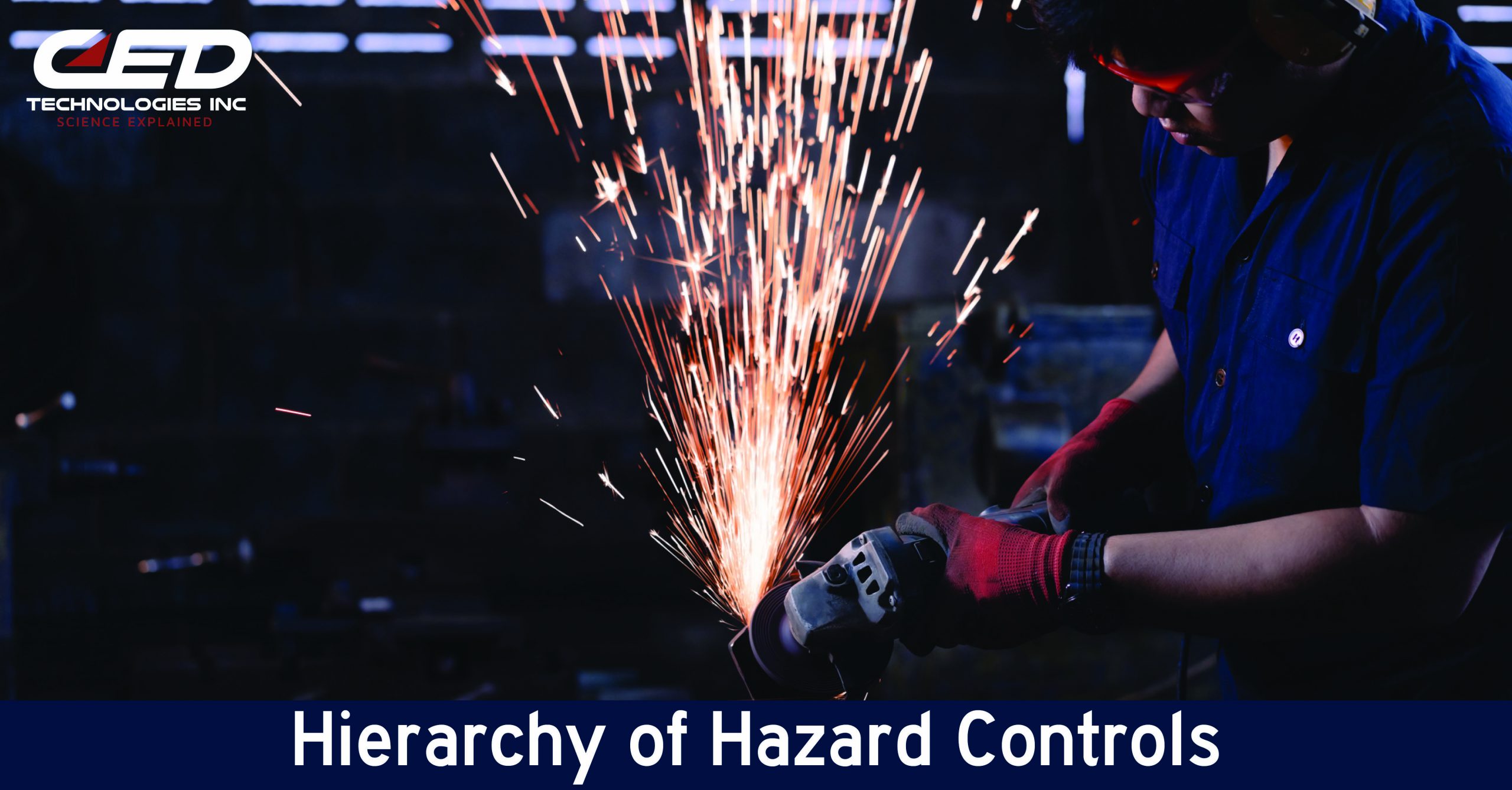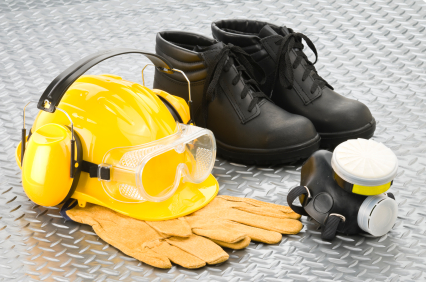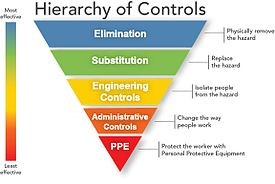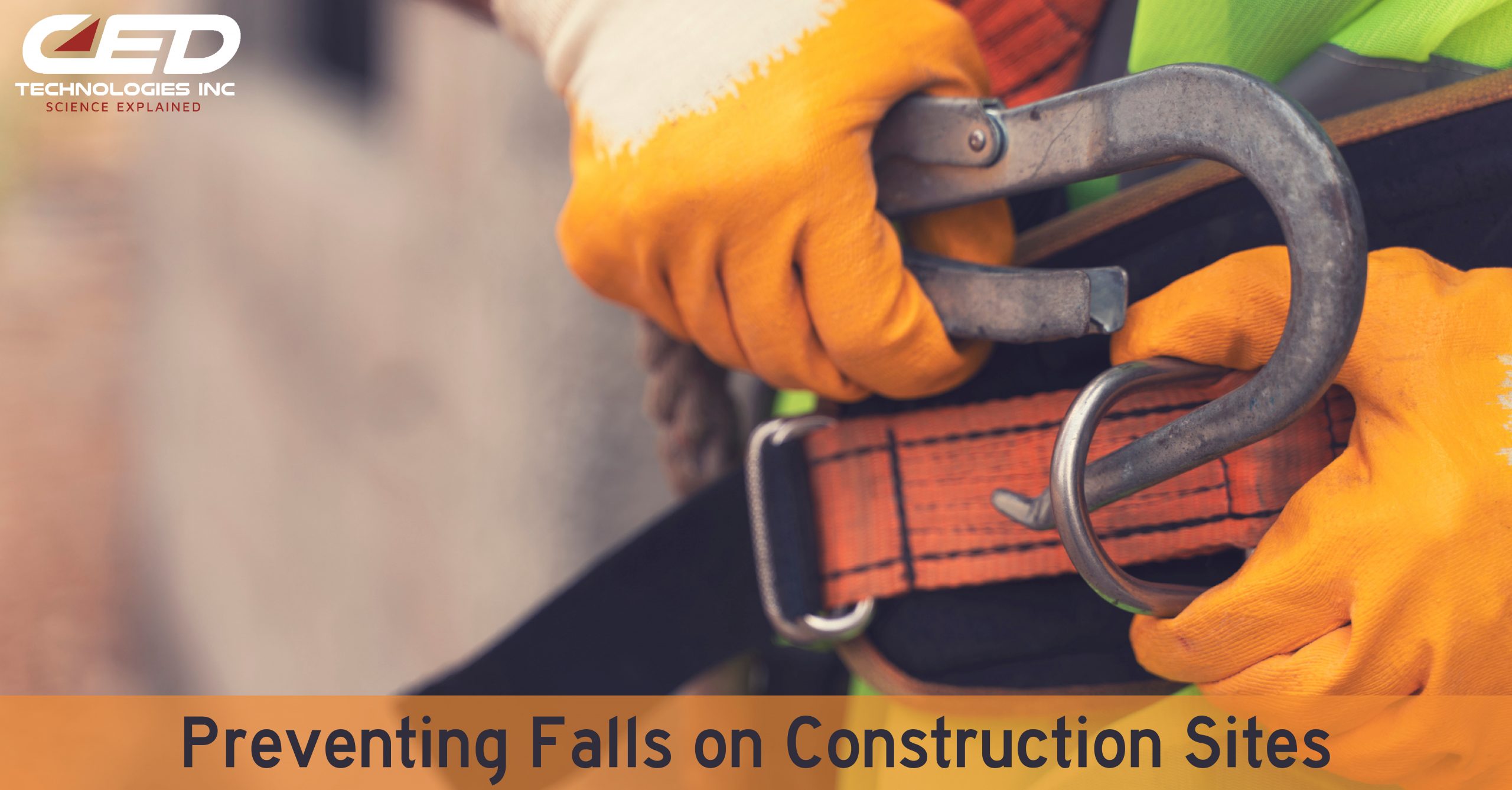A hierarchy of controls is a system recognized by the National Institute of Safety and Health (NIOSH) to minimize or eliminate occupational hazards in the workplace. According to NIOSH, controlling exposures to occupational hazards is the fundamental method of protecting workers. A hierarchy of controls can be used to determine how to implement feasible and effective control solutions.
The idea behind this hierarchy is that the control methods ranked at the top can be more effective than those ranked toward the bottom of the scale. Following this hierarchy can lead to the implementation of inherently safer systems, where the risk of illness or injury has been reduced.
The controls in the hierarchy are in order of decreasing effectiveness: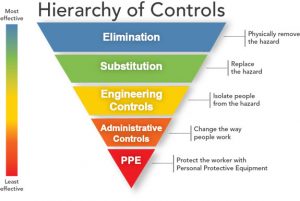
- Elimination – Physically removing the hazard from the workplace.
- Substitution – Replacing the hazard with a product that does not cause another hazard.
- Engineering Controls – Creating isolation from the hazard (does not eliminate).
- Administrative Controls – Changing the way people work, for example, new procedures.
- Personal Protective Equipment – Hard hats, respirators, safety footwear, etc.
CED’s engineers are experts on industry standards like a hierarchy of controls and workplace accidents, including OSHA regulations. If you have questions about workplace or product safety standards, please contact us or submit a case online.
Click Here to Submit an Inquiry for a Claim or Case.
